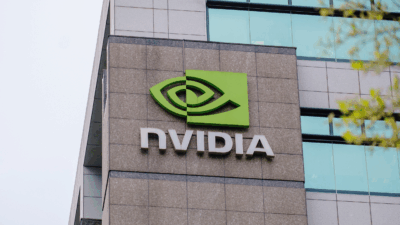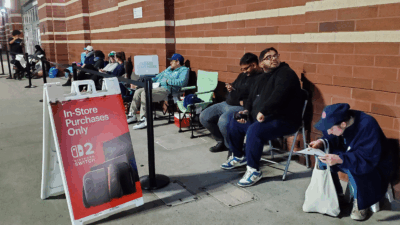
Sign up for smart news, insights, and analysis on the biggest financial stories of the day.
Stay at home and spend. That might as well have been the unofficial mantra of 2021 as consumers found themselves with record savings to splurge online.
On Tuesday, new research revealed digital advertisers were a big winner from the phenomenon. US digital ad revenues rose 35% to $189 billion last year as marketers sought out the record number of consumer eyeballs glued to their screens, according to a report by the Interactive Advertising Bureau and PricewaterhouseCoopers. It was the highest growth since 2006.
Three Kings
US e-commerce sales last year totaled $870 billion, more than the GDP of Switzerland and a 14% increase from 2020, according to the Department of Commerce. Besides Amazon, firms with direct B2C digital relationships — such as CVS, DoorDash, and Walmart — are letting advertisers buy ads on their websites or in their apps.
As a result, e-commerce growth has injected massive capital into the digital ad business. The catch is that growth is more heavily concentrated than Minute Maid’s frozen orange juice:
- In 2021, 10 digital platforms and publishers pulled in 78% of digital ad revenues, according to the IAB and PwC.
- While the report doesn’t identify those top firms, analysts at Insider Intelligence predicted Google (26%), Meta (24%), and Amazon (14%) would account for 64% of US digital ad revenue in 2021.
So far, this year’s success may be a tad muted. “The macro winds of uncertainty — in particular around Europe and Russia — continue to swirl,” said Morgan Stanley analyst Brian Nowak, in a note advising that the bank trim estimates for online advertising revenues by 1% to 2% this year.
Can I Sell You a Mattress? Advertising on digital audio, including podcasts and music streaming, was the fastest-growing digital ad category last year, rising 58% to reach $4.9 billion. But it’s just a 2.6% slice of the digital ad market pie.
Tik That: TikTok’s advertisement revenue will triple this year to more than $11 billion, according to Insider Intelligence. That is more than the company’s combined forecasts for Twitter and Snap. If only Twitter had a new board member to shake things up.











